With the local advantage of having more than 80% of the population working in the agricultural sector, fertile land, and guaranteed irrigation infrastructure, in recent times, Trieu Phong district has issued many policies to develop the agricultural economy , including Resolution No. 07 dated November 12, 2021 of the Trieu Phong District Party Committee on socio-economic development of hilly areas, period 2021-2025, orientation to 2030; Resolution No. 32 dated July 28, 2022 of the District People's Council promulgating regulations on policies to support the development of a number of crops and livestock in the district, period 2022-2026...

Trieu Phong district builds large fields to facilitate the use of machinery to work the land - Photo: NV
One of the results achieved is that many localities have formed concentrated production areas, in which rice production areas play a key role. Every year, Trieu Phong district cultivates more than 12,000 hectares of rice, of which high-quality rice accounts for 80%, with an average yield of 6 tons/ha.
The district also soon formed and developed a number of rice production models linked to the value chain to ensure food safety, such as the rice production model following the direction of natural farming without using chemical fertilizers, pesticides, or herbicides in 4 communes: Trieu Trung, Trieu Son, Trieu Tai, Trieu Trach with an area of 60 hectares, with Trieu Phong Clean Agricultural Products Cooperative linking production and product consumption.
Of which, 12 hectares have been certified to meet national organic agricultural standards, and some rice production models have been certified organic and VietGAP. In the hilly areas of Trieu Ai and Trieu Thuong communes, fruit trees such as green-skinned grapefruit and oranges have been strongly developed, of which the orange model in Trieu Thuong commune has been certified organic.
In the field of livestock farming, many households have shifted from small-scale farming to concentrated farms in the direction of industry and high technology to ensure environmental and disease safety. Currently, the whole district has 55 livestock farms that meet the farm scale according to the Law on Livestock, many livestock households have been certified VietGAHP.
Along with that, the district strongly develops aquaculture and fishing. Every year, the whole district cultivates 800-900 hectares of aquaculture. Aquaculture develops in the direction of intensive farming, diversifying farming objects and farming methods, applying high technology and adapting to climate change, forming high-tech shrimp farming areas that bring high value. The annual aquaculture output reaches about 1,924 tons, the output of aquatic and seafood exploitation is about 3,525 tons...
To help people develop effectively in agricultural production, many units in the agricultural sector actively transfer science and technology through training, coaching, information and propaganda and build models on cultivation, animal husbandry, forestry and aquaculture, changing people's awareness as well as traditional production methods.
Successfully implemented models have been effectively applied such as the cattle herd improvement program using zebu semen and foreign semen specialized for meat (BBB, Brahman cattle), intensive beef cattle farming model (BBB cattle), bio-safety pork farming model using insect-proof nets to ensure disease safety, models: organic rice cultivation, yellow-fleshed sweet potato cultivation in sandy areas, two- and three-stage shrimp farming using Biofloc technology, shrimp-crab-fish intercropping in low-tide farming areas, climbing fish farming in cages in reservoirs.
In addition, every year the District Plant Cultivation and Plant Protection Station organizes training for farmers on integrated disease management on major crops, and guides the proper, safe and effective use of pesticides.
In the coming time, Trieu Phong district will continue to promote the restructuring of the agricultural sector and implement the plan for developing livestock, aquaculture and forestry in the period of 2021-2025. Accordingly, promoting the development of agricultural production in the direction of commodity production, increasing added value, including expanding effective economic models, calling on enterprises to invest in agriculture in the direction of high technology, developing sustainable production, and at the same time reasonably shifting the economic structure towards gradually reducing the proportion of agriculture, gradually increasing the proportion of industry - handicrafts, trade and services.
Continue to build and develop cooperatives and cooperative groups according to multi-industry business models, expand internal credit services, product consumption services, and at the same time use land effectively through restructuring crops and livestock. Pay attention to consolidating and developing cooperatives and cooperative groups in the fields of livestock breeding, vegetable and aquatic production, focusing on production according to value chains, clean and safe production and increasing product value, ensuring competitiveness in the market.
On the other hand, promote mechanization and digital transformation to serve agricultural production to increase productivity, reduce costs and post-harvest losses. Effectively implement the project of restructuring agriculture according to the district's key products, convert ineffective rice land areas to grow high-value crops and aquaculture. Support household economic development, link farmers with farmers, between farmers and businesses according to the value chain, ensure quality, have a large scale, gradually build the brand of agricultural products of the district.
In addition, synchronously implement solutions on planning the formation of concentrated production areas according to processes, associated with processing technology, ensuring food hygiene and safety; effectively implement policies to encourage enterprises to invest in agriculture and rural areas, especially in the field of services providing seeds, materials, technology transfer, purchasing and processing agricultural products, developing trade, rural services and investing in developing industry - handicrafts, rural occupations.
Promote the transfer of scientific and technological advances in the production, preservation and processing of agricultural products; effectively implement the OCOP program associated with tourism development, support the development of cooperatives, cooperative groups, and small and medium-sized enterprises in rural areas; promote investment in production development associated with processing, connect product consumption markets according to the value chain; improve the quality of vocational training for rural workers...
Nguyen Vinh
Source



![[Photo] Urgently help people soon have a place to live and stabilize their lives](/_next/image?url=https%3A%2F%2Fvphoto.vietnam.vn%2Fthumb%2F1200x675%2Fvietnam%2Fresource%2FIMAGE%2F2025%2F12%2F09%2F1765248230297_c-jpg.webp&w=3840&q=75)








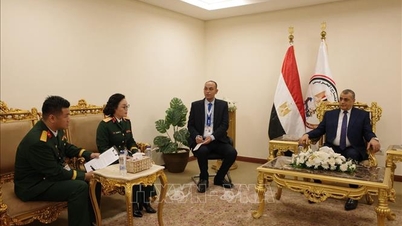

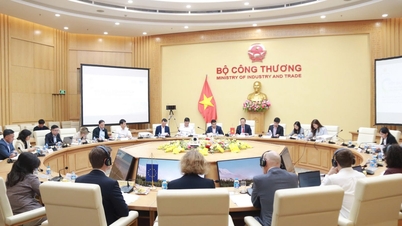
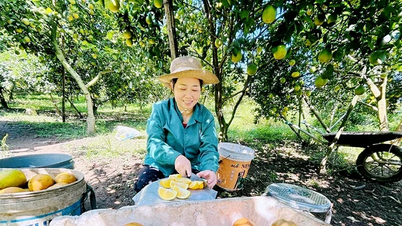
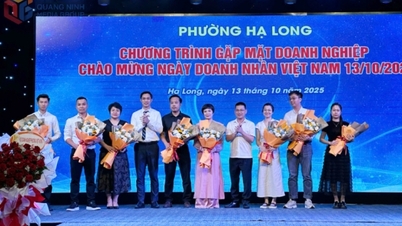

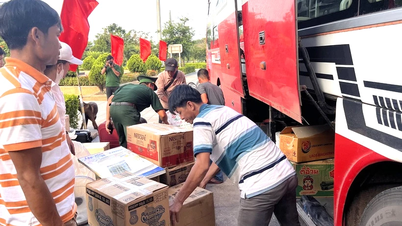


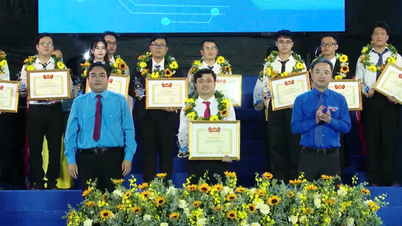
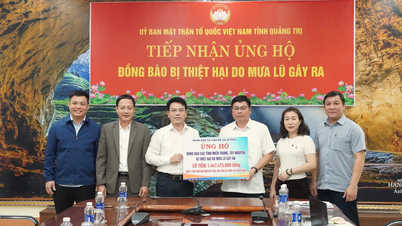
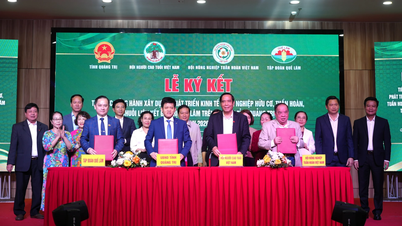






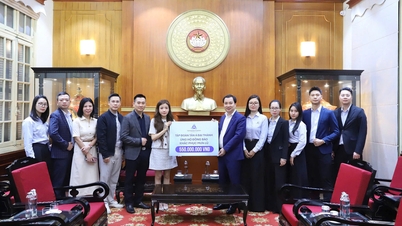
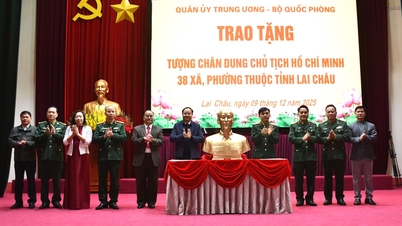


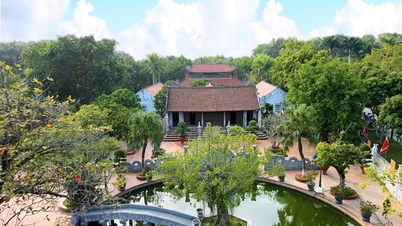

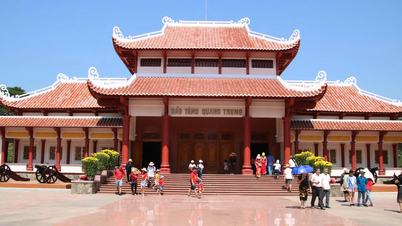

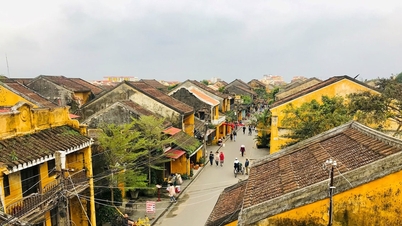

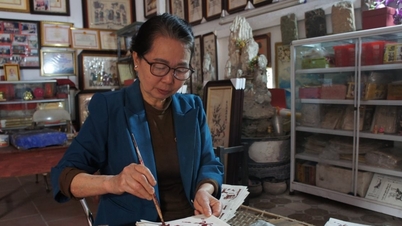

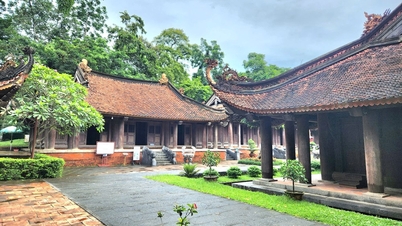
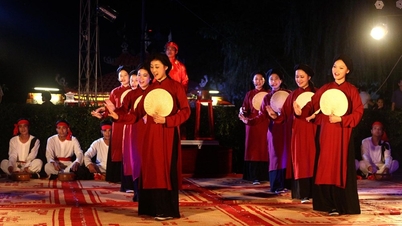
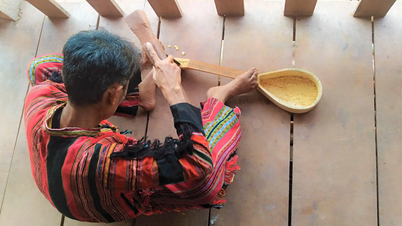


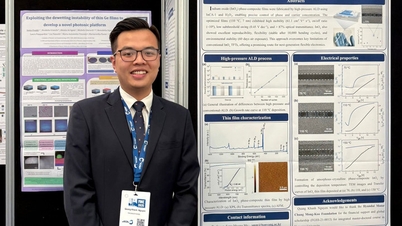





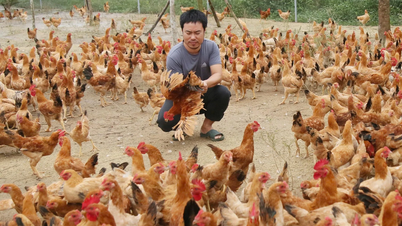

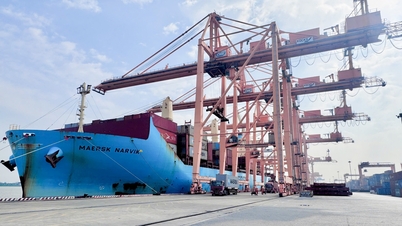
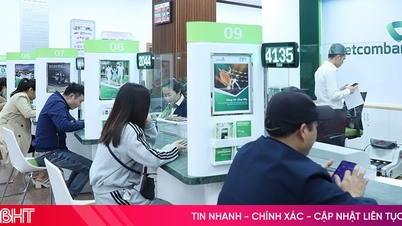

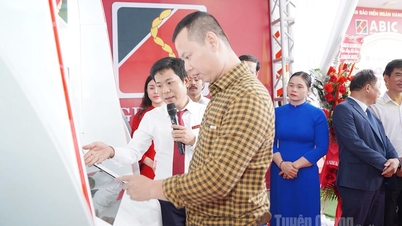

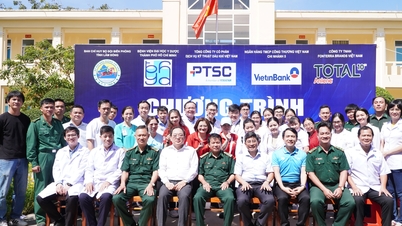


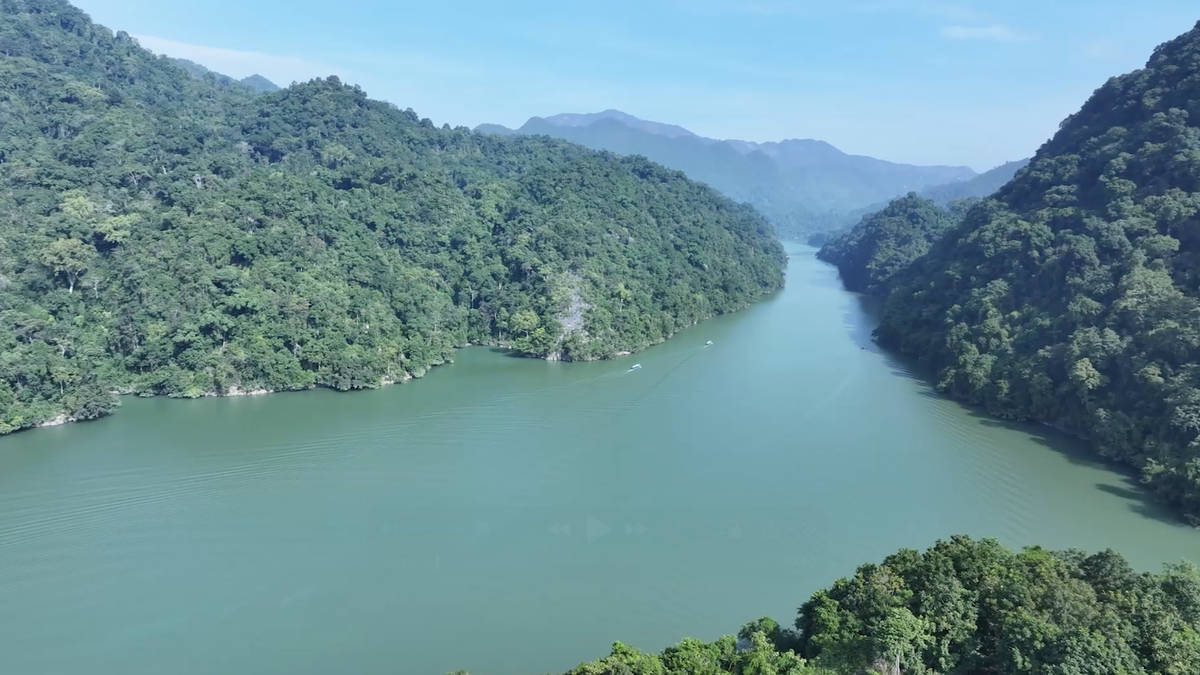



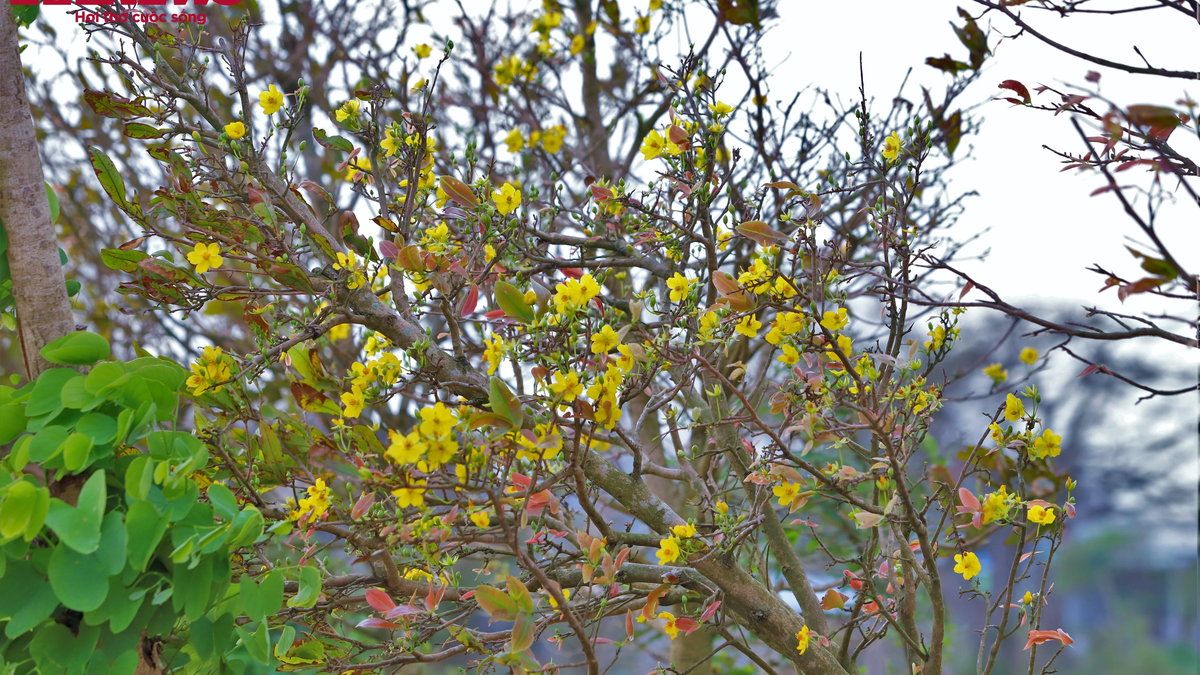
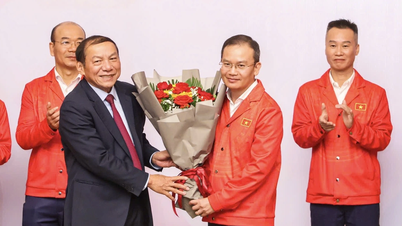




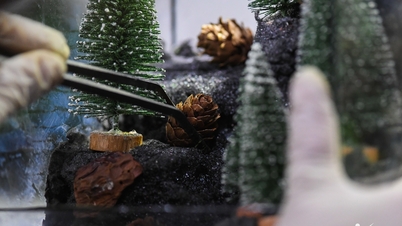





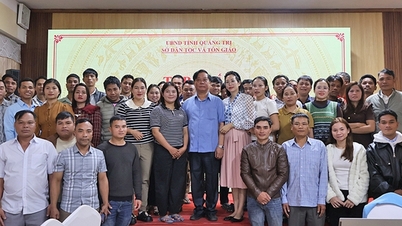
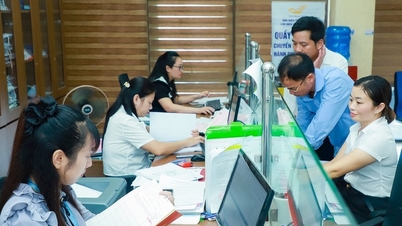






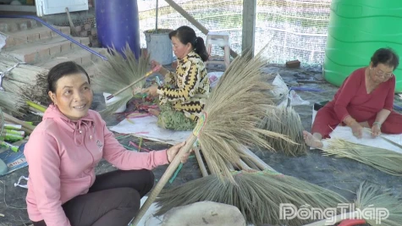

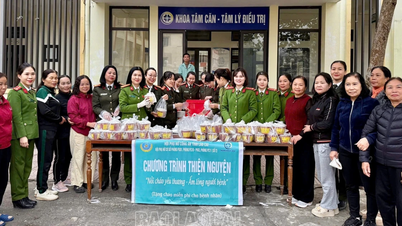
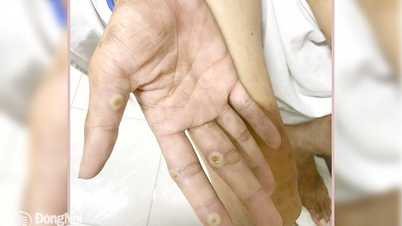

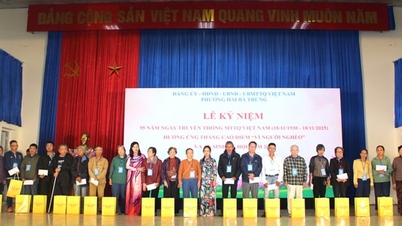

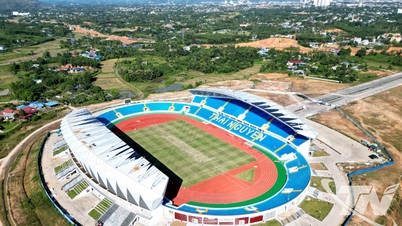

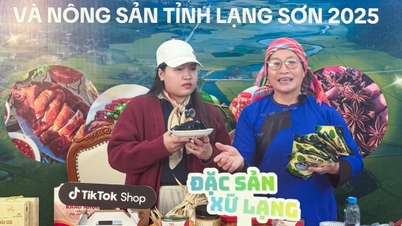










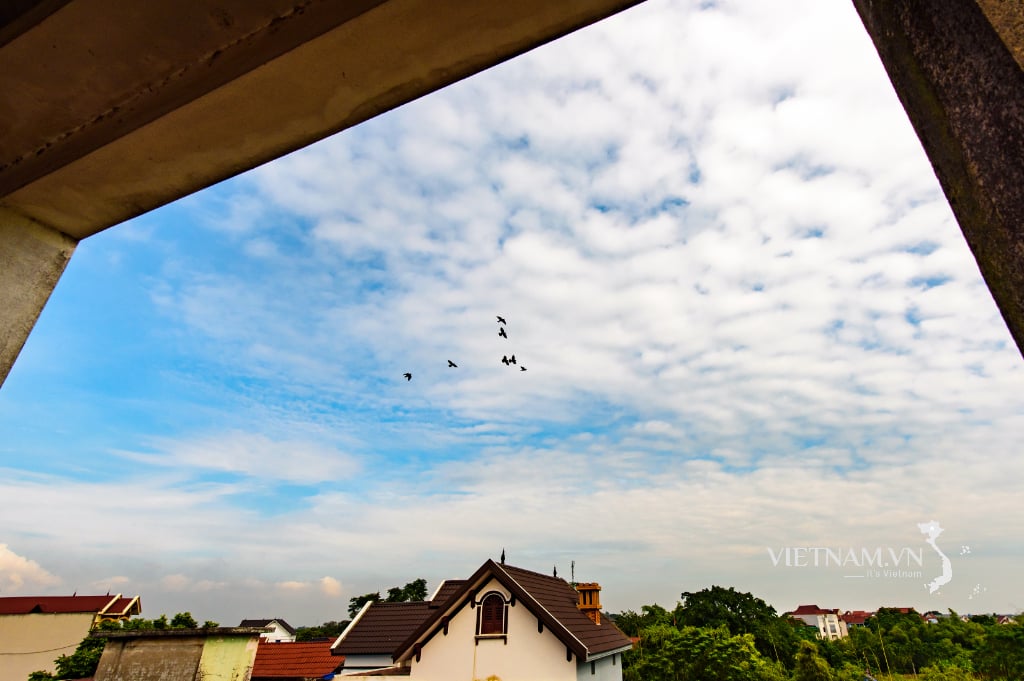




Comment (0)